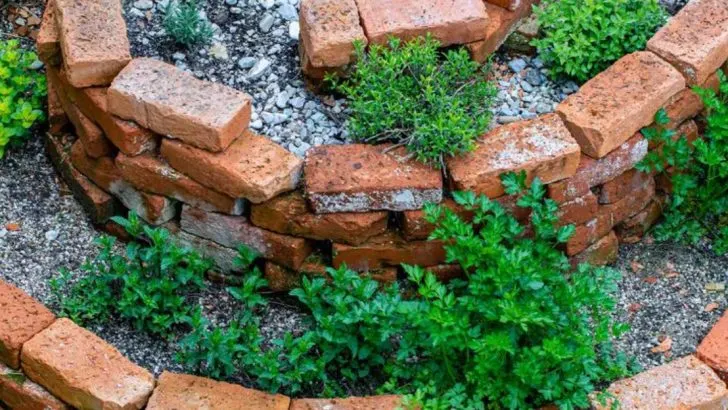Creating a beautiful landscape doesn’t have to cost a fortune. With a little creativity and some budget-friendly ideas, you can transform your outdoor space into a stunning oasis without breaking the bank. Whether you’re looking to add colorful plants, functional features, or unique decorations, there are plenty of ways to make your yard shine.
In this article, we present 22 amazing landscaping ideas that are affordable yet impactful. From DIY garden projects to low-cost design tips, these ideas will help you create a gorgeous yard that fits your budget. If you want to enhance your outdoor space without spending too much, these simple and affordable landscaping ideas are perfect for you!
DIY Garden Path
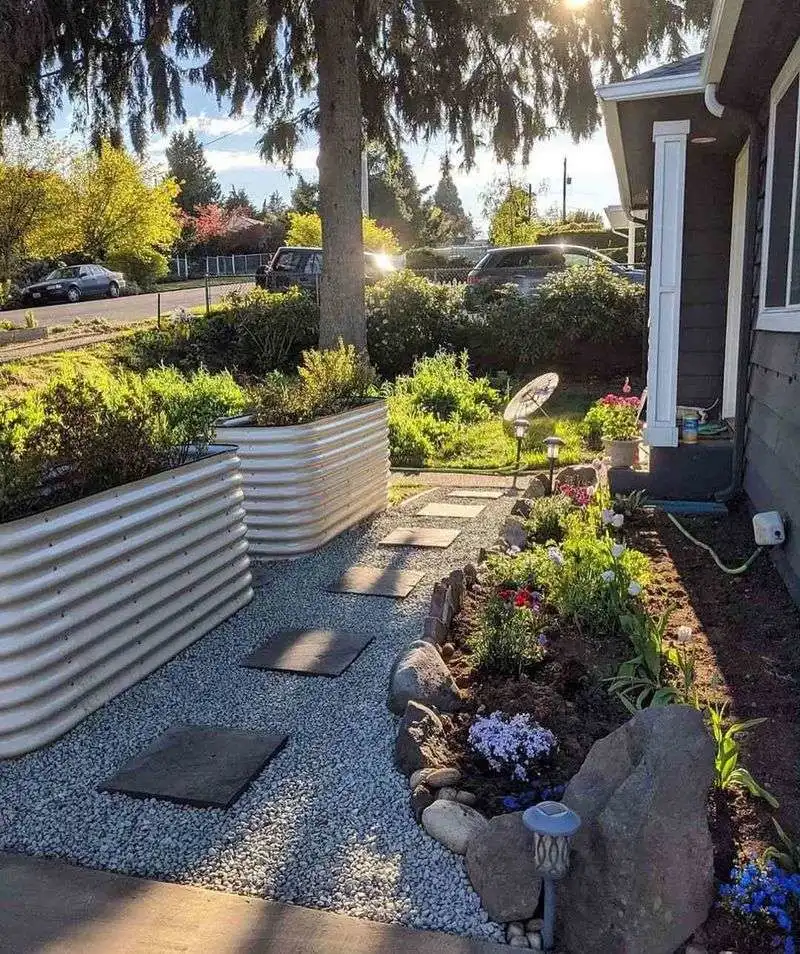
Creating a DIY garden path with stones adds character to your space. Choose a meandering design for a whimsical feel. Utilize irregularly shaped stones or bricks that can often be sourced inexpensively from local suppliers. Border the path with vibrant flowers or small shrubs to enhance aesthetic appeal. The gentle curves of the path can guide visitors through your garden, offering different perspectives as they walk. It’s a simple way to add charm and function to your landscape. With a modest investment, this project can be both eye-catching and inviting.
Vertical Garden
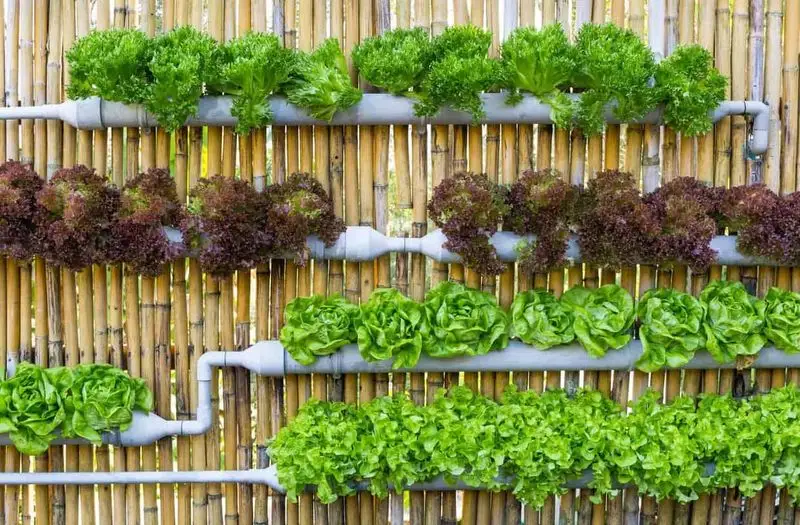
Maximize limited space with a vertical garden. Attach pots or pockets to a wall or fence, planting herbs and small flowers that thrive in your climate. This method not only saves space but adds a lush, green backdrop to any area. Vertical gardens are ideal for urban settings where ground space is restricted. They can transform a plain wall into a vibrant, living display. Watering is simplified with easy-to-install drip systems, ensuring plants receive adequate moisture without fuss. It’s an innovative solution for gardening enthusiasts facing spatial challenges.
Upcycled Planters
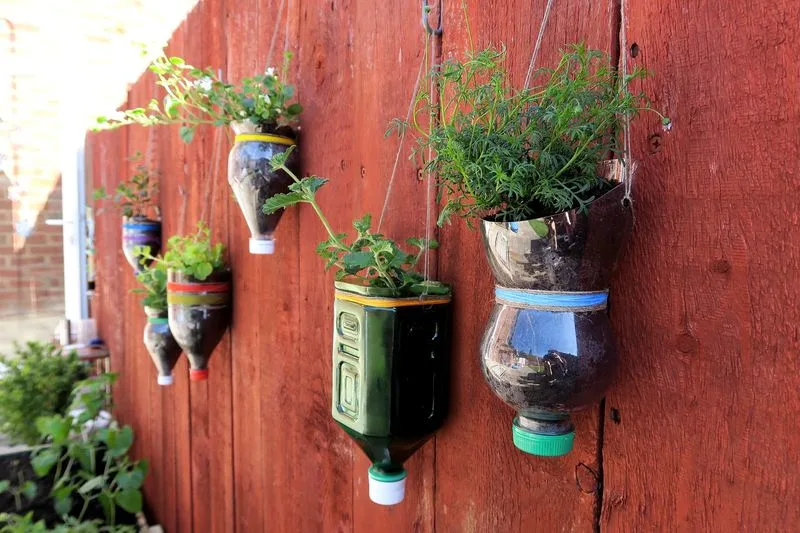
Upcycling household items into planters is both eco-friendly and cost-effective. Old tires, wooden crates, or metal tins can be transformed into unique plant containers. This approach not only reduces waste but adds a personal touch to your garden. Arrange these planters at different heights to create visual interest. Mixing various materials brings texture and diversity to your outdoor space. Ensure proper drainage is considered when choosing your planters. Such creative projects encourage sustainability and provide an opportunity to express personal style.
Natural Stone Edging
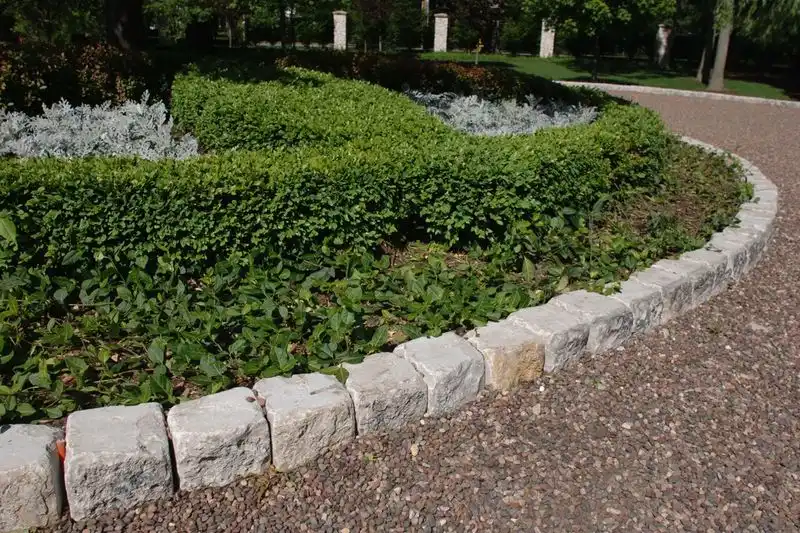
Natural stone edging around garden beds offers a polished look without high costs. Stones can often be sourced from your own property or purchased affordably. They provide a clean line that defines spaces and keeps mulch in place. The natural hues of the stones blend seamlessly with plants, enhancing the organic feel of your garden. Over time, they weather beautifully, adding to their charm. This edging method requires minimal maintenance, making it perfect for those seeking an easy-care solution. It’s a subtle yet effective way to elevate your landscape design.
Mulch with Pine Needles
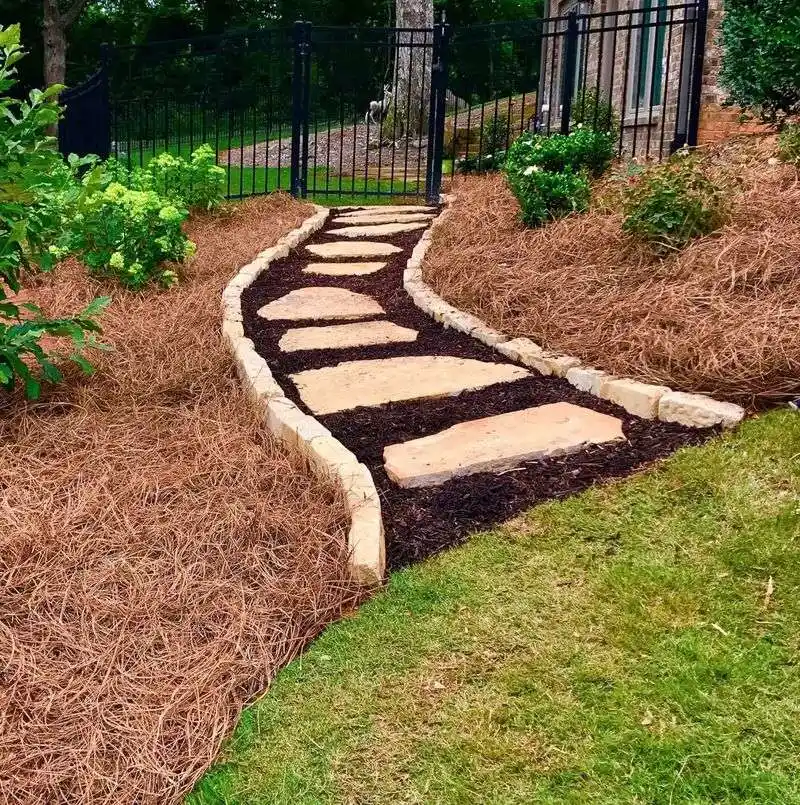
Mulching with pine needles is a budget-friendly option that enriches the soil while preventing weed growth. Pine needles are often available for free or at a low cost, especially if you have pine trees nearby. They create a textured layer that retains moisture, reducing irrigation needs. Over time, as they decompose, they add nutrients back into the soil, benefiting plants. Their natural color complements most garden designs. For gardeners looking for an economical way to maintain their beds, pine needles offer a practical and eco-friendly solution.
DIY Water Feature
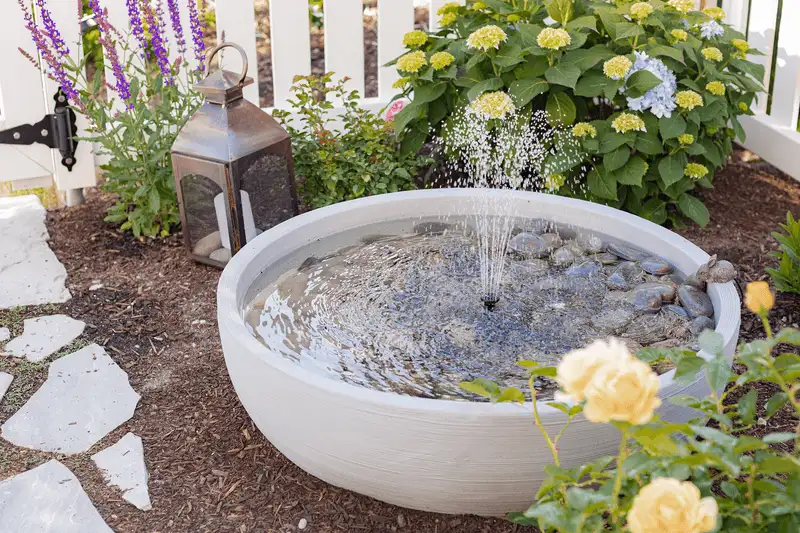
Installing a DIY water feature brings a soothing element to your landscape. Use a large ceramic pot, fill it with water and add a small pump to circulate it. Arrange stones creatively to enhance the visual appeal. This feature doesn’t require much space and can be a focal point in a garden nook. The gentle sound of flowing water can provide a calming atmosphere, ideal for relaxation. It’s an achievable project for those with a weekend to spare, adding both auditory and visual interest to your garden.
Herb Spiral
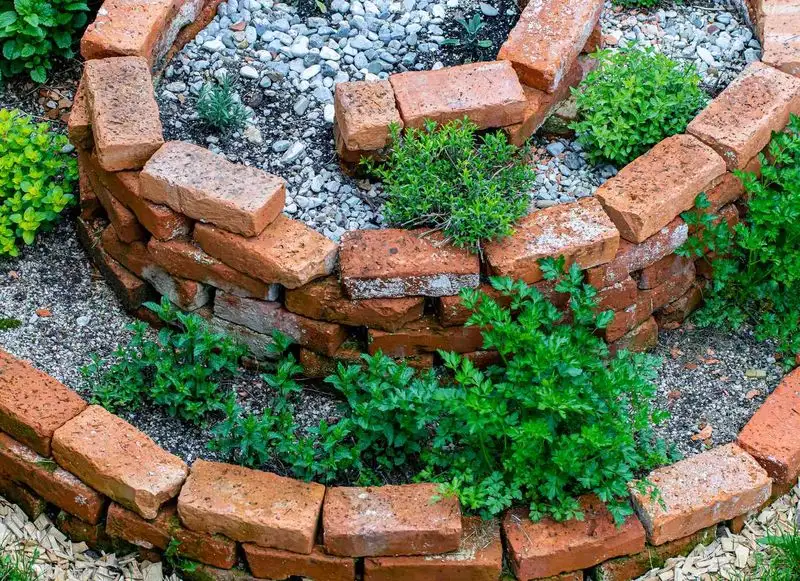
An herb spiral garden is a space-efficient and visually appealing way to cultivate herbs. Constructed as a small, circular mound, it allows for various microclimates to exist within a compact area. The spiral shape uses vertical space, providing different conditions for diverse herbs. This method is especially beneficial for gardens with limited ground space. The varying heights assist in water drainage and sunlight exposure, optimizing growth. Creating one from rocks or bricks adds a rustic charm. It’s a practical project for any gardener looking to maximize plant variety.
Flower Bed in a Wheelbarrow
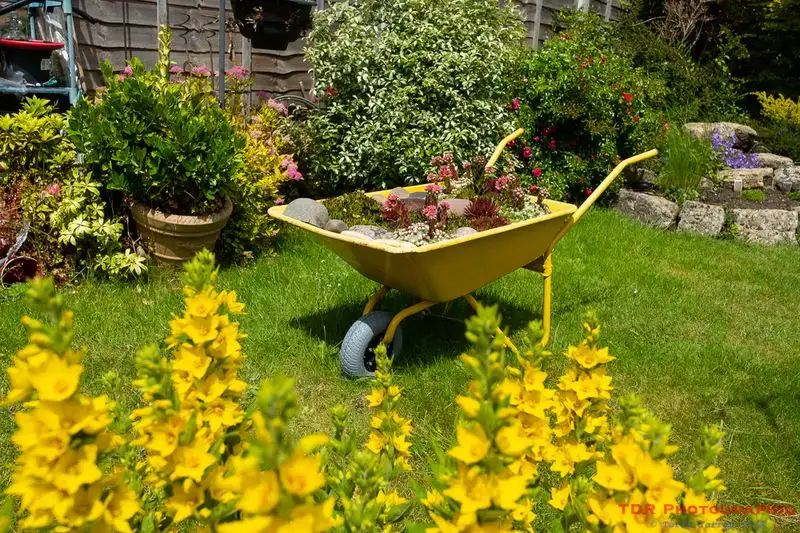
Repurposing an old wheelbarrow as a flower bed adds whimsy and mobility to your garden. It’s an excellent way to display seasonal blooms and can be moved to capture optimal sunlight. The elevated design aids drainage and makes maintenance easier. This portable planter is perfect for those who enjoy frequently changing their garden layout. Fill it with vibrant, cascading flowers to create a striking focal point. Such a creative approach showcases your ingenuity and can spark conversation among visitors. It’s a charming yet practical addition to any garden.
Recycled Pallet Furniture
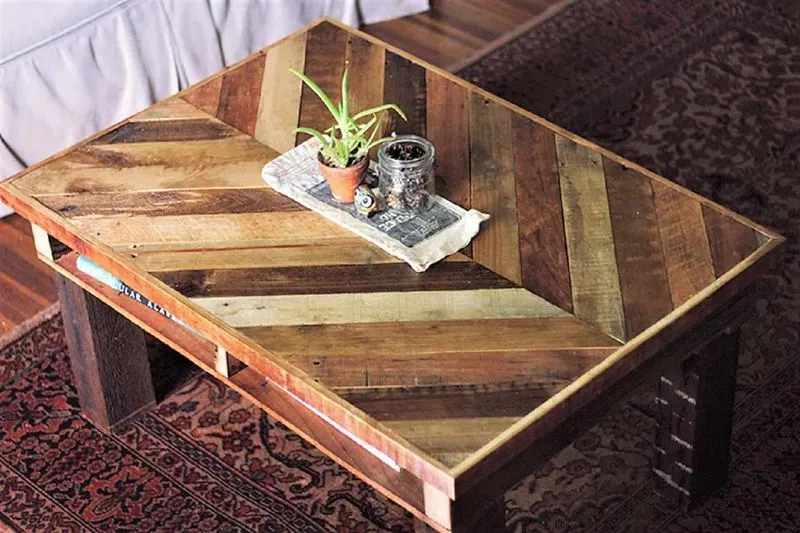
Transforming pallets into outdoor furniture is both resourceful and stylish. With basic tools, pallets can be converted into benches, tables, or even planters. This DIY project is perfect for those seeking a rustic, cost-effective way to furnish outdoor spaces. Add comfortable cushions to enhance the seating experience. The versatility of pallets allows for customization, accommodating personal tastes and space requirements. This approach not only recycles materials but adds a personal touch to your garden area. It’s an affordable way to create a cozy retreat right in your backyard.
Climbing Plants on Trellises
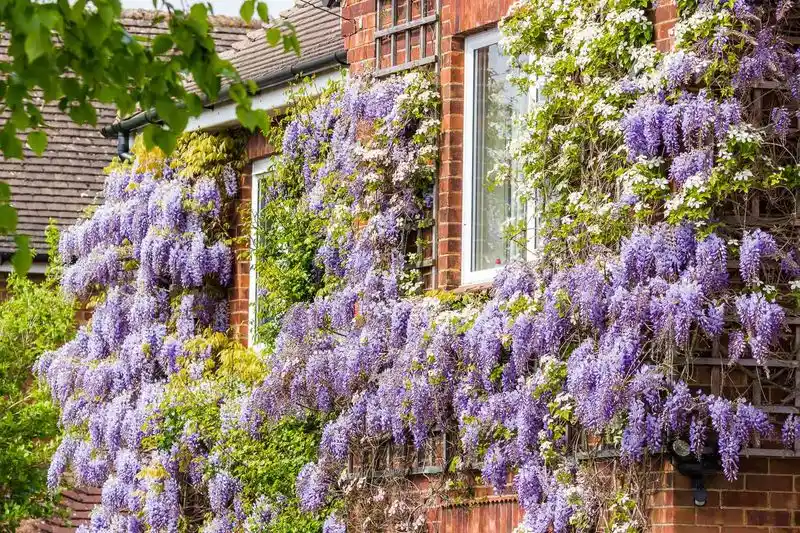
Encouraging climbing plants on trellises adds height and dimension to a garden. Install trellises against walls or fences and choose plants like roses or clematis. This vertical feature creates a lush backdrop and maximizes space. As these plants grow, they provide natural shade and privacy. Setting up trellises is straightforward and can be done with minimal investment. Over time, the intertwining foliage and blooms create a picturesque view. This technique suits gardeners aiming to add both charm and practicality to their outdoor areas, enhancing the vertical appeal.
Native Plant Garden
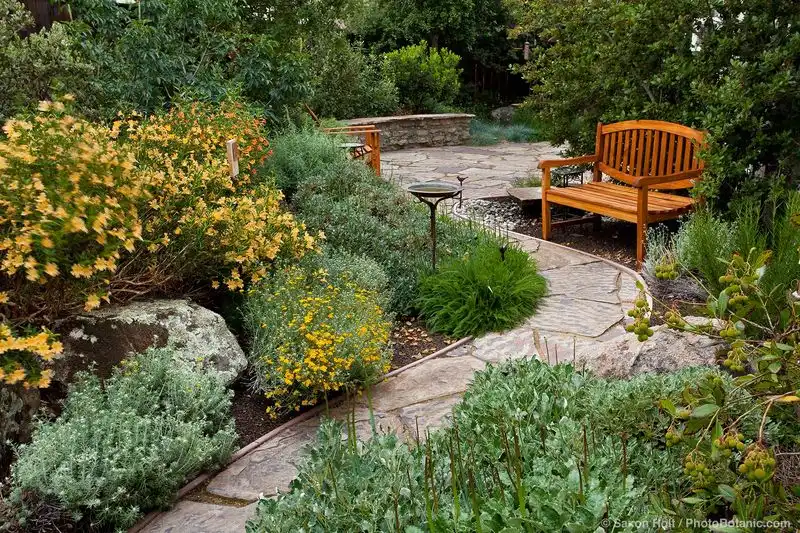
Establishing a garden with native plants cuts costs and supports local ecosystems. Native flora is adapted to thrive in local climates and soil, reducing the need for fertilizers and excessive watering. These plants attract and sustain local wildlife, promoting biodiversity. They offer a variety of textures and colors, making them visually appealing year-round. This approach lessens maintenance time and expenses, as native plants generally require less care. For eco-conscious gardeners, this is an impactful way to contribute positively to the environment while creating a resilient garden.
Succulent Rock Garden
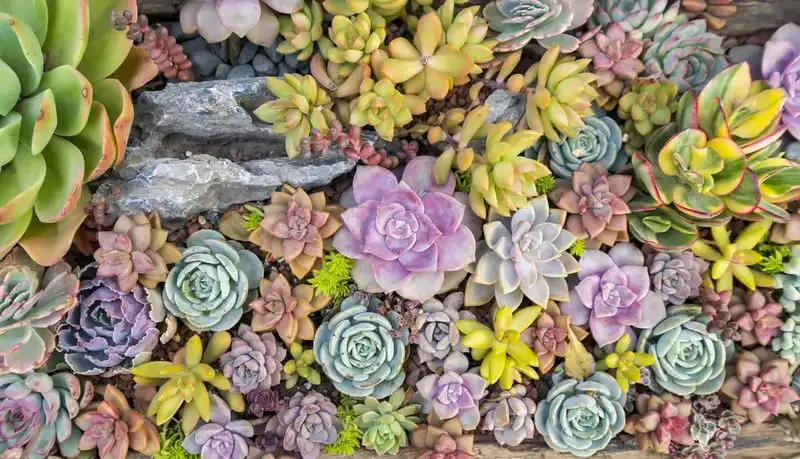
A rock garden with succulents is both low-maintenance and visually striking. Arrange stones to create crevices, then plant drought-resistant succulents in the gaps. These plants require little water and thrive in sunny conditions. The combination of textures from stones and succulents offers a unique contrast. It’s an ideal project for busy gardeners or those in arid climates. Succulents’ diverse shapes and colors add year-round interest, making them a popular choice for contemporary landscapes. This design brings a modern touch to any garden while staying easy to care for.
Bird-Friendly Garden
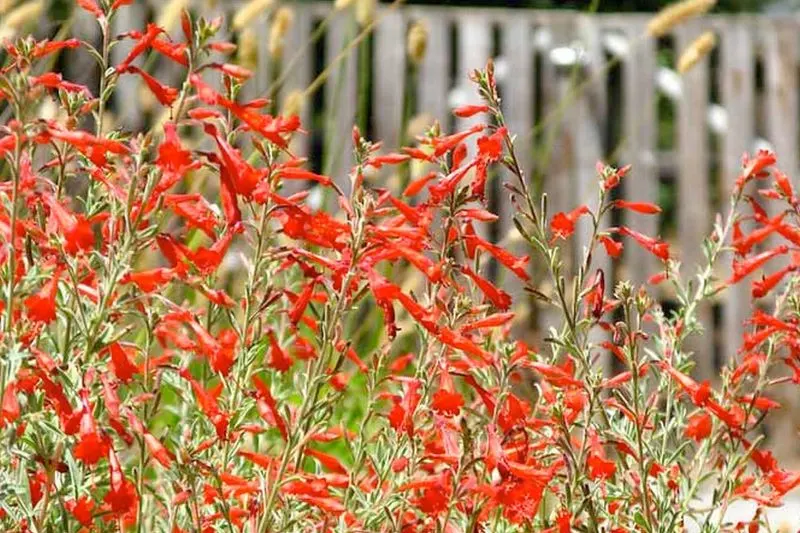
Creating a bird-friendly garden invites feathered friends to your yard. Add feeders and birdbaths to supply food and water. Plant native species that produce seeds and berries, offering natural sustenance. This setup supports local wildlife and enhances the garden’s biodiversity. The presence of birds adds movement and life, making the garden more dynamic. Such a garden not only contributes to bird conservation but offers enjoyable bird-watching opportunities. It’s an enriching experience for those who appreciate nature and wish to support their avian neighbors.
Container Vegetable Garden
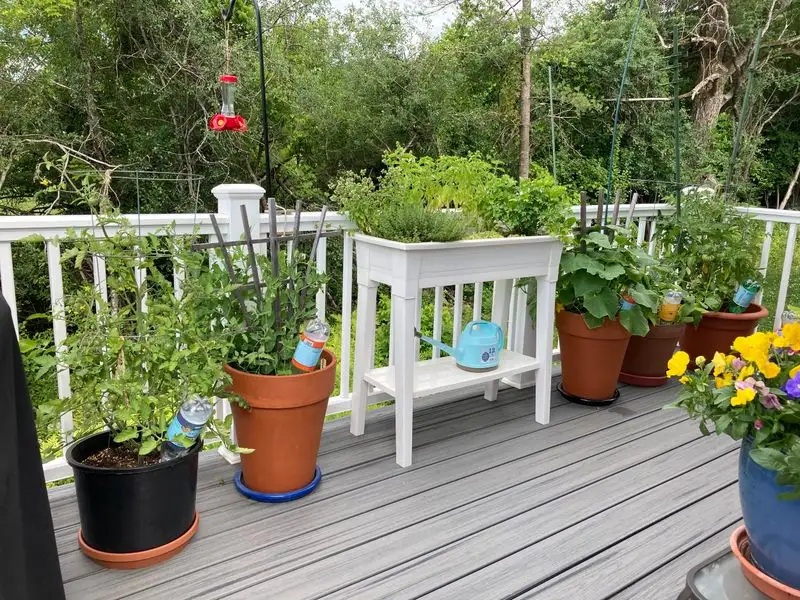
Growing vegetables in containers is practical for small spaces. Choose pots of various sizes and plant a mix of your favorite veggies. This method allows for control over soil quality and moisture levels, benefiting plant health. Containers are easily rearranged to capture optimal sunlight throughout the season. This approach suits balconies or patios where ground planting isn’t feasible. It provides the satisfaction of homegrown produce and adds greenery to your outdoor area. Container gardening is accessible for beginners and offers flexibility for seasoned gardeners.
Color-Themed Garden
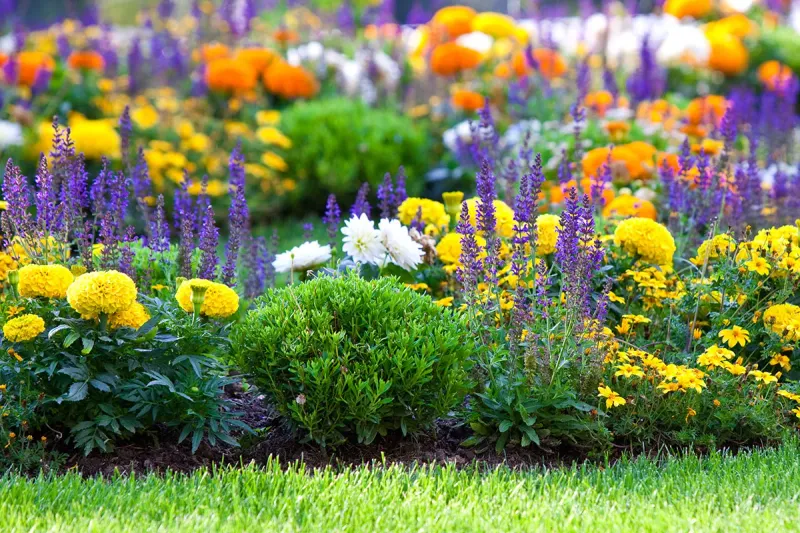
Designing a color-themed garden creates visual harmony. Select plants that bloom in complementary hues for a cohesive look. A palette of purples and blues can evoke serenity, while yellows and oranges offer a vibrant energy. This concept works well in flower beds or as a border along pathways. It allows gardeners to express creativity while guiding plant selection. Themed gardens can be adjusted seasonally, keeping the landscape fresh and engaging. This approach encourages experimentation with color pairings and enhances the overall aesthetic appeal of your garden.
Pergola with Vines
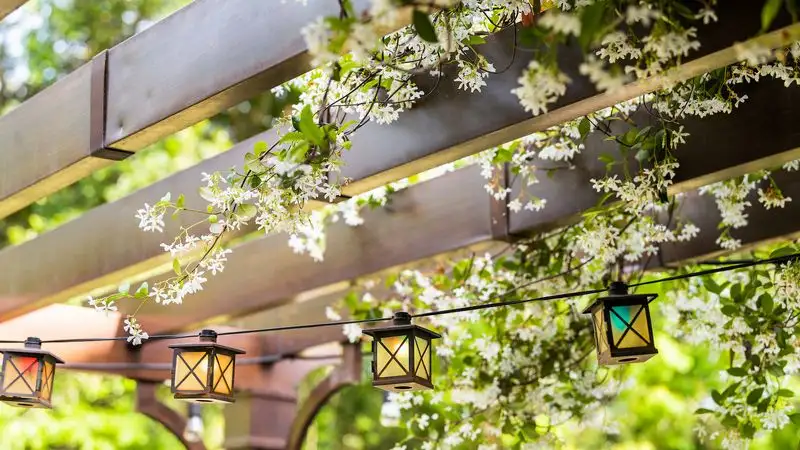
A pergola with vines provides shade and a focal point for outdoor spaces. Build a simple structure and plant fast-growing vines like wisteria or jasmine. Over time, these plants will create a natural canopy. A pergola can define spaces, offering a cozy nook for relaxation or dining. The dappled sunlight filtering through the leaves adds an enchanting atmosphere. This project requires initial effort but rewards with a stunning, eco-friendly feature. It’s a charming way to incorporate vertical elements into your garden’s design, blending nature with structure.
Garden Art from Recycled Materials
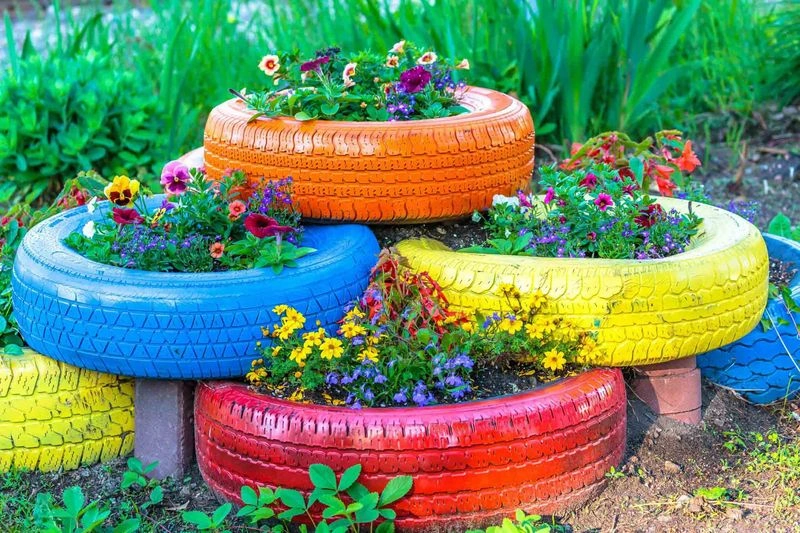
Incorporating art from recycled materials adds personality to your garden. Sculptures made from metal, glass, or wood bring creativity and sustainability together. These pieces can be crafted from leftover household items or found at local artisan markets. Garden art adds focal points and encourages exploration within the space. It’s an opportunity to repurpose materials creatively, reducing waste while enhancing visual interest. Such art pieces often spark conversation and provide a unique touch to your landscape. This sustainable approach marries art with gardening, offering endless possibilities.
Rain Garden
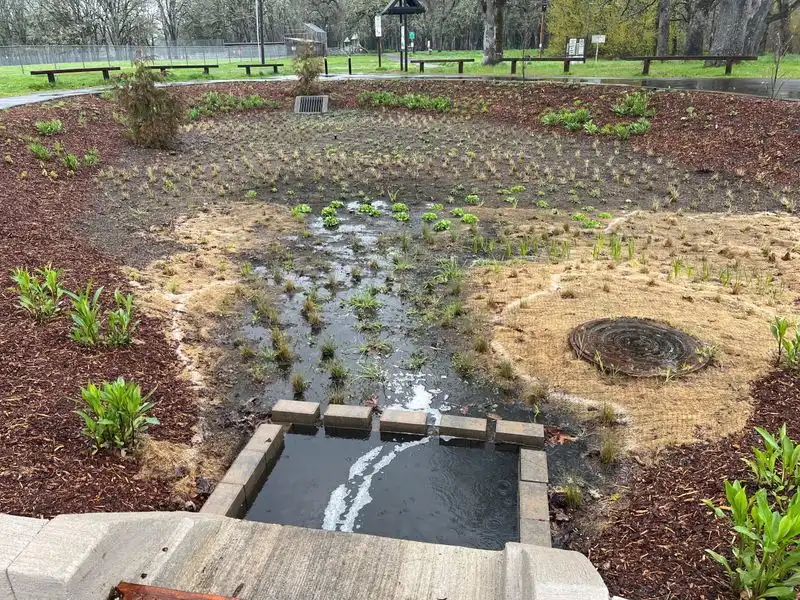
A rain garden captures and filters rainwater naturally. Dig a shallow depression and plant water-tolerant species like sedges and wildflowers. This garden design minimizes runoff, helping to prevent erosion and pollution. It’s an eco-friendly choice that conserves water and supports local wildlife. Rain gardens offer seasonal color and attract beneficial insects and birds. They’re a practical solution for areas that experience heavy rainfall, integrating environmental consciousness with landscape beauty. This project is suitable for homeowners seeking sustainable gardening practices that also enhance the visual appeal of their yard.
Edible Landscaping

Edible landscaping combines beauty with functionality, offering visual appeal and delicious harvests. Plant fruit-bearing trees, herbs, and vegetables among flowers and shrubs. This method maximizes space and provides fresh produce throughout the season. Aesthetically, it blends ornamental and edible plants for a diverse, textured landscape. For those passionate about cooking, having fresh ingredients steps away is ideal. Edible gardens promote healthy eating and offer educational opportunities about sustainable food practices. This approach connects gardeners to the source of their food, enriching both diet and environment.
Low-Maintenance Lawn Alternatives
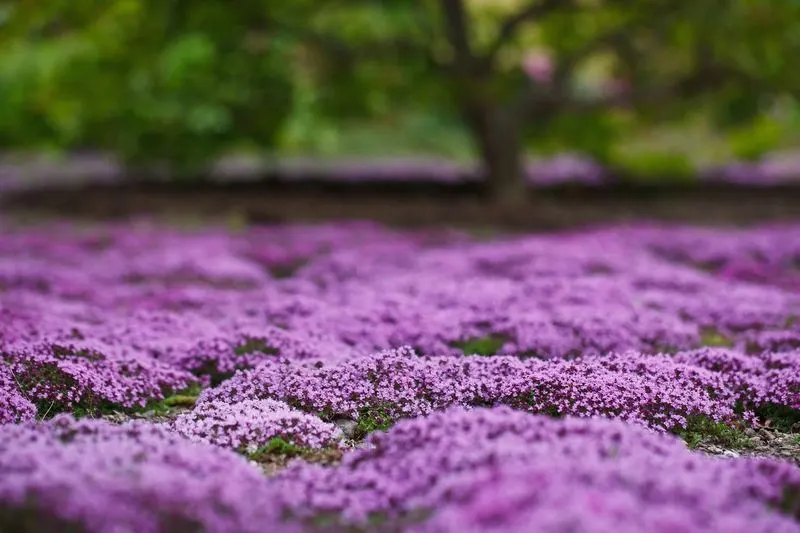
Replacing traditional lawns with low-maintenance alternatives saves time and resources. Opt for ground covers like clover or thyme, which require less water and mowing. Natural pathways with stones or gravel can add interest and reduce lawn areas. This choice is environmentally conscious, reducing water usage and chemical inputs. These alternatives are visually appealing and provide habitat for pollinators. It’s an excellent strategy for those seeking a sustainable landscape that still maintains the green, open feel of a traditional lawn. This change is both practical and eco-friendly.
Fairy Garden
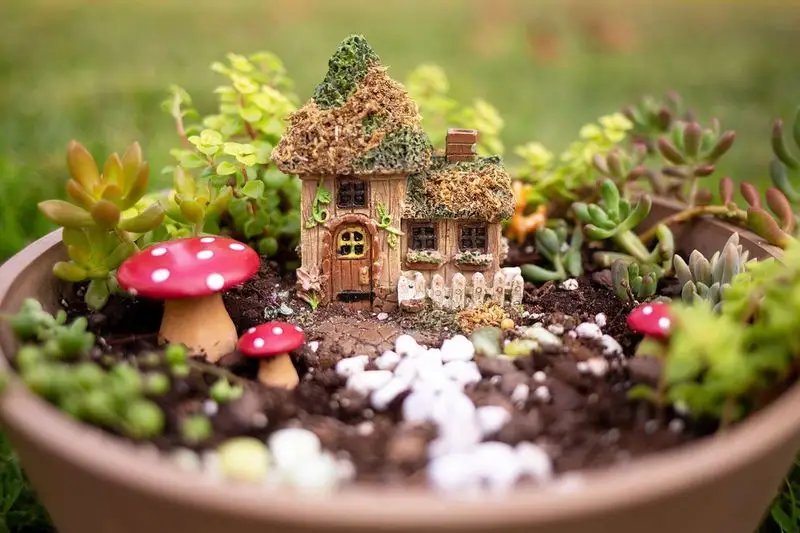
A fairy garden adds enchantment and creativity to any outdoor space. Use containers or a small plot to craft a miniature scene with tiny plants, pebbles, and fairy figurines. This project invites imagination and can be a delightful activity for families. It’s a unique way to personalize your garden, adding layers of interest. Perfect for shaded areas where full-size plants may struggle, fairy gardens can become a charming focal point. Whether for children or adults, the whimsy and detail of a fairy garden bring joy and storytelling to life.
DIY Garden Lighting
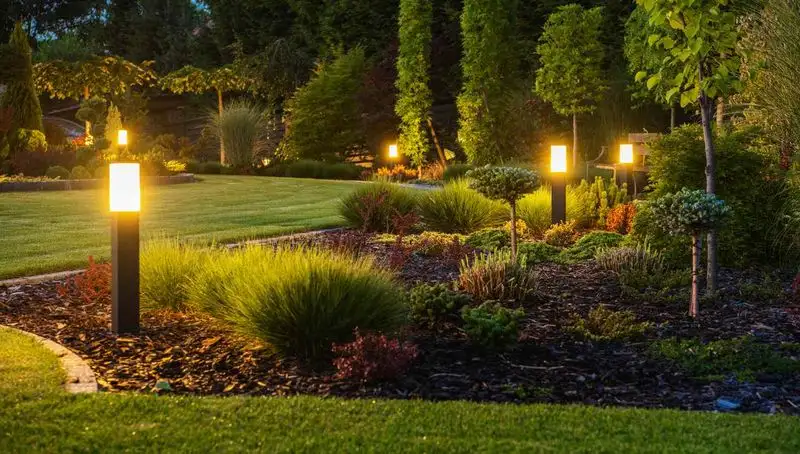
Enhancing your garden with DIY lighting extends its enjoyment into the evening. Solar-powered lanterns are eco-friendly and can be crafted from mason jars or tin cans. Hang them from trees or place them strategically along pathways. This illumination adds ambiance and ensures safety after dark. With a focus on sustainability, solar options reduce energy costs and allow for creative expression. This project is accessible to all skill levels, offering a personalized touch to any garden. Lighting transforms outdoor spaces, making them welcoming and functional after sunset.

